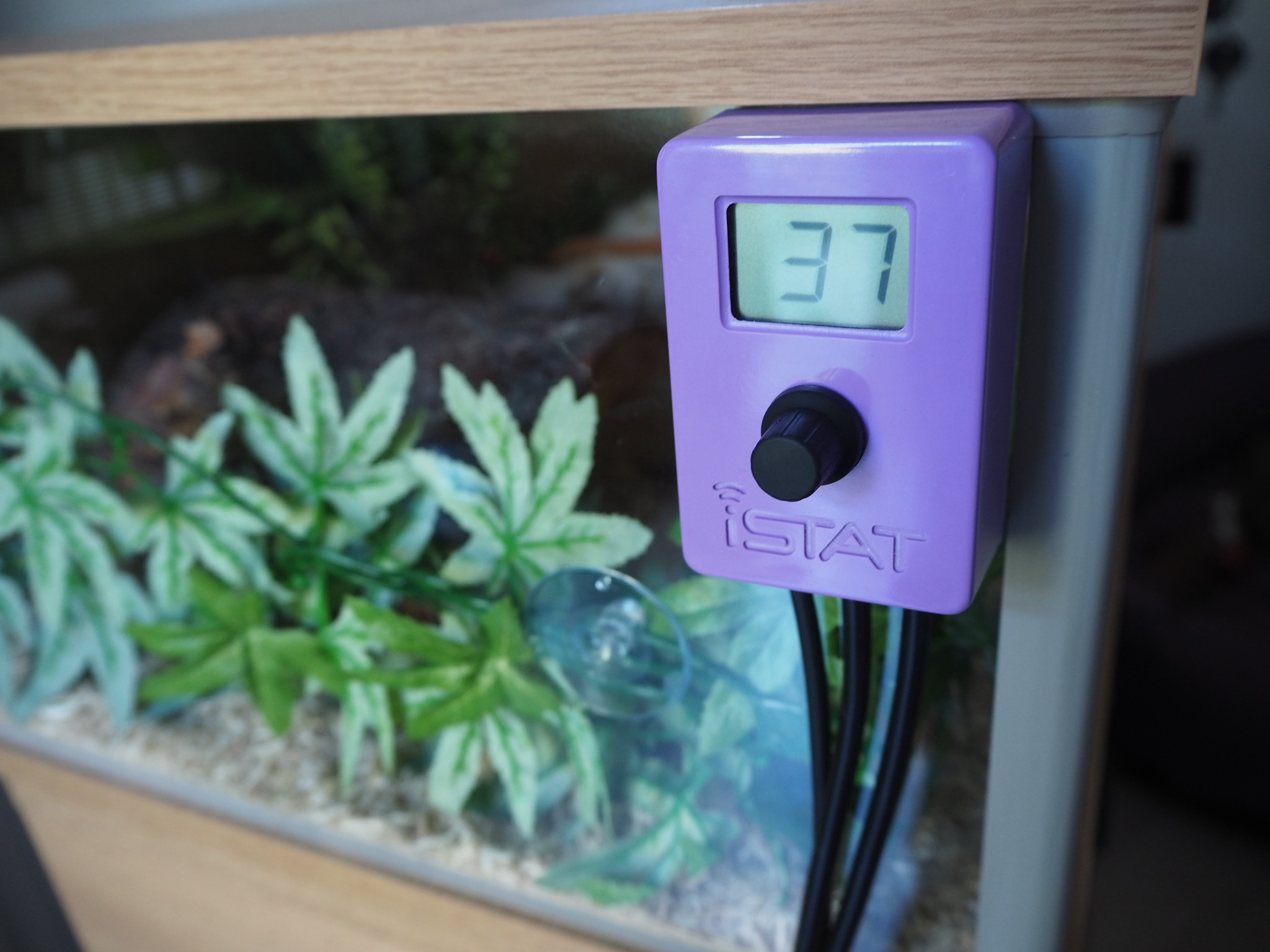How Can Self-Employed Individuals in Ireland Set Up a Pension Plan?

As a self-employed individual in Ireland, securing your financial future through a pension plan is essential. Unlike employees who may benefit from employer-sponsored pension schemes, self-employed workers need to take the initiative to set up their own pensions. This guide will provide you with detailed pension advice and explain how to start a pension as a self-employed individual in Ireland.
Understanding the Importance of a Pension Plan
A pension plan is a long-term savings scheme designed to provide financial stability during retirement. For self-employed individuals, setting up a pension plan is crucial for several reasons:
- Financial Security: Ensures a stable income after retirement.
- Tax Benefits: Contributions to pension plans are tax-deductible, reducing your taxable income.
- Growth of Savings: Pension funds grow over time, benefiting from compound interest.
Steps to Start a Pension for Self-Employed Individuals
1. Assess Your Retirement Needs
Before setting up a pension plan, assessing your retirement needs is essential. Consider factors such as:
- Desired Retirement Age: When do you plan to retire?
- Expected Retirement Expenses: What will your monthly expenses be during retirement?
- Current Savings: How much have you already saved for retirement?
These factors will help you determine the amount you need to save and the type of pension plan that suits your needs.
2. Research Pension Options
There are several pension options available to self-employed individuals in Ireland. The main types include:
- Personal Pension Plans: Offered by insurance companies and financial institutions, these plans allow you to contribute regularly or in lump sums.
- Personal Retirement Savings Accounts (PRSAs): Flexible, portable accounts that allow you to save for retirement at your own pace.
- Self-Invested Personal Pensions (SIPPs): Provide more control over investment choices, suitable for those with investment experience.
3. Seek Professional Pension Advice
Consulting a financial advisor is a crucial step in setting up a pension plan. A professional can provide tailored pension advice, helping you understand the different options, benefits, and risks. They can also assist in selecting the most suitable plan based on your financial situation and retirement goals.
4. Choose a Pension Provider
Selecting a reputable pension provider is vital for the success of your pension plan. Compare providers based on:
- Fees and Charges: Look for providers with transparent and reasonable fee structures.
- Investment Options: Ensure they offer a range of investment options that align with your risk tolerance and retirement goals.
- Performance: Check the historical performance of their pension funds.
5. Set Up Your Pension Plan
Once you’ve chosen a provider, the next step is to set up your pension plan. This involves:
- Filling Out Application Forms: Complete the necessary paperwork provided by the pension provider.
- Choosing Investment Options: Select the investment funds or assets where your contributions will be invested.
- Setting Up Contributions: Decide on the amount and frequency of your contributions. Contributions can be made monthly, annually, or as lump sums.
6. Maximize Tax Benefits
One of the significant advantages of pension contributions is the tax relief available. Self-employed individuals in Ireland can claim tax relief on contributions, which reduces their taxable income. The amount of tax relief depends on your age and the level of contributions. For example:
- Under 30: Up to 15% of net relevant earnings
- 30 to 39: Up to 20% of net relevant earnings
- 40 to 49: Up to 25% of net relevant earnings
- 50 to 54: Up to 30% of net relevant earnings
- 55 to 59: Up to 35% of net relevant earnings
- 60 and over: Up to 40% of net relevant earnings
To claim tax relief, ensure your contributions are reported accurately in your annual tax return.
7. Monitor and Review Your Pension Plan
Setting up a pension plan is not a one-time activity. Regularly monitoring and reviewing your plan is essential to ensure it remains aligned with your retirement goals. Consider the following:
- Annual Review: Assess your pension fund’s performance annually and make adjustments if necessary.
- Adjust Contributions: Increase your contributions as your income grows to boost your retirement savings.
- Rebalance Investments: Periodically rebalance your investment portfolio to maintain your desired asset allocation and risk level.
8. Plan for Retirement Withdrawals
As you approach retirement, planning your withdrawals is crucial. Consider the following options:
- Lump Sum Withdrawal: You can take up to 25% of your pension fund as a tax-free lump sum.
- Annuity: Purchase an annuity to receive a guaranteed income for life.
- Approved Retirement Fund (ARF): Transfer your pension fund to an ARF, allowing you to withdraw income flexibly.
Conclusion
Setting up a pension plan as a self-employed individual in Ireland is a vital step towards securing your financial future. By assessing your retirement needs, researching pension options, seeking professional pension advice with the National Pension Helpline, and making informed decisions, you can create a robust pension plan tailored to your goals. Remember to maximize tax benefits, monitor your plan regularly, and plan for retirement withdrawals to ensure a comfortable and financially stable retirement.
Taking the initiative to start a pension today will provide peace of mind and financial security for your retirement years. Don’t delay—start planning and investing in your future now.





